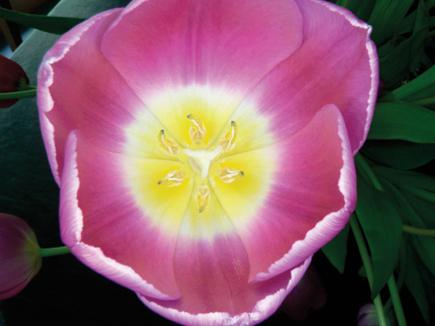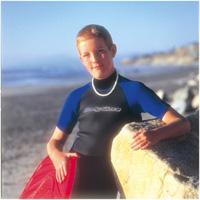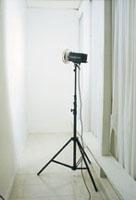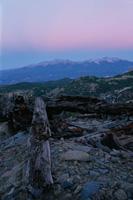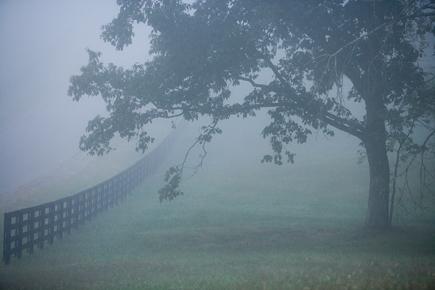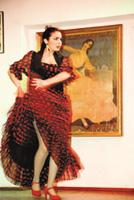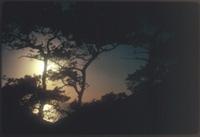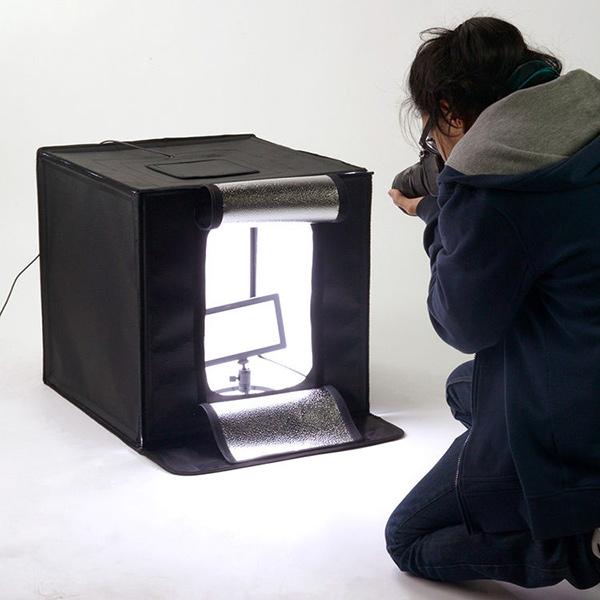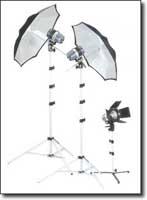Lighting
Sort By: Post DateTitle Publish Date
|
Oct 01, 2006 |
|
Jul 01, 2002 |
|
Sep 01, 1999 |
|
Nov 01, 2006 |
|
Oct 01, 2006 |
|
Sep 01, 2001 |
|
Dec 01, 2001 |
|
Oct 01, 2003 |
